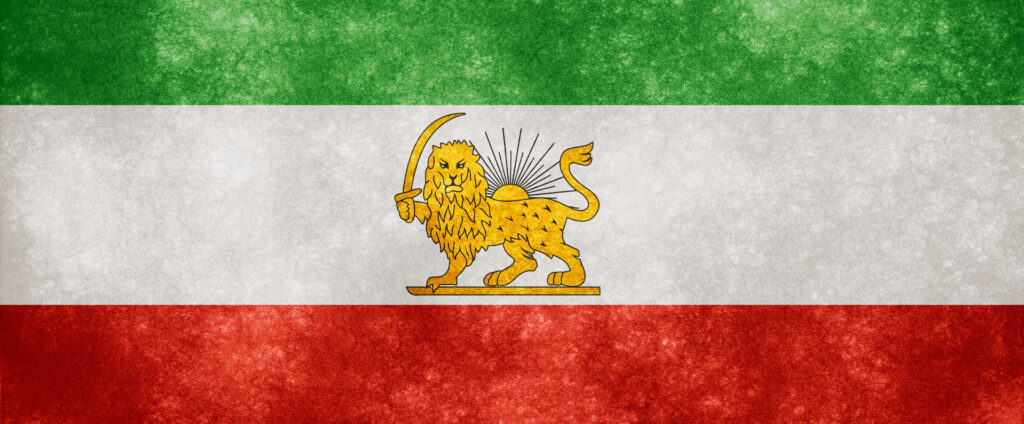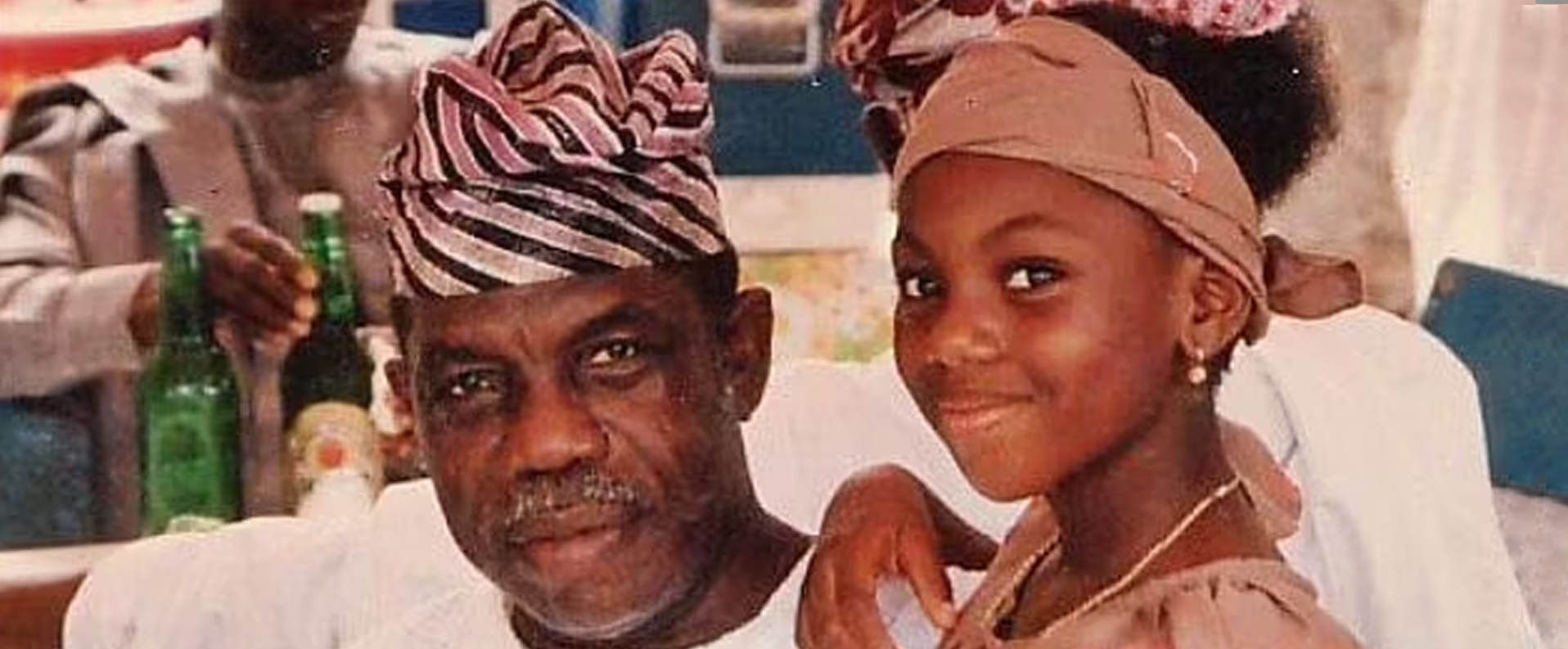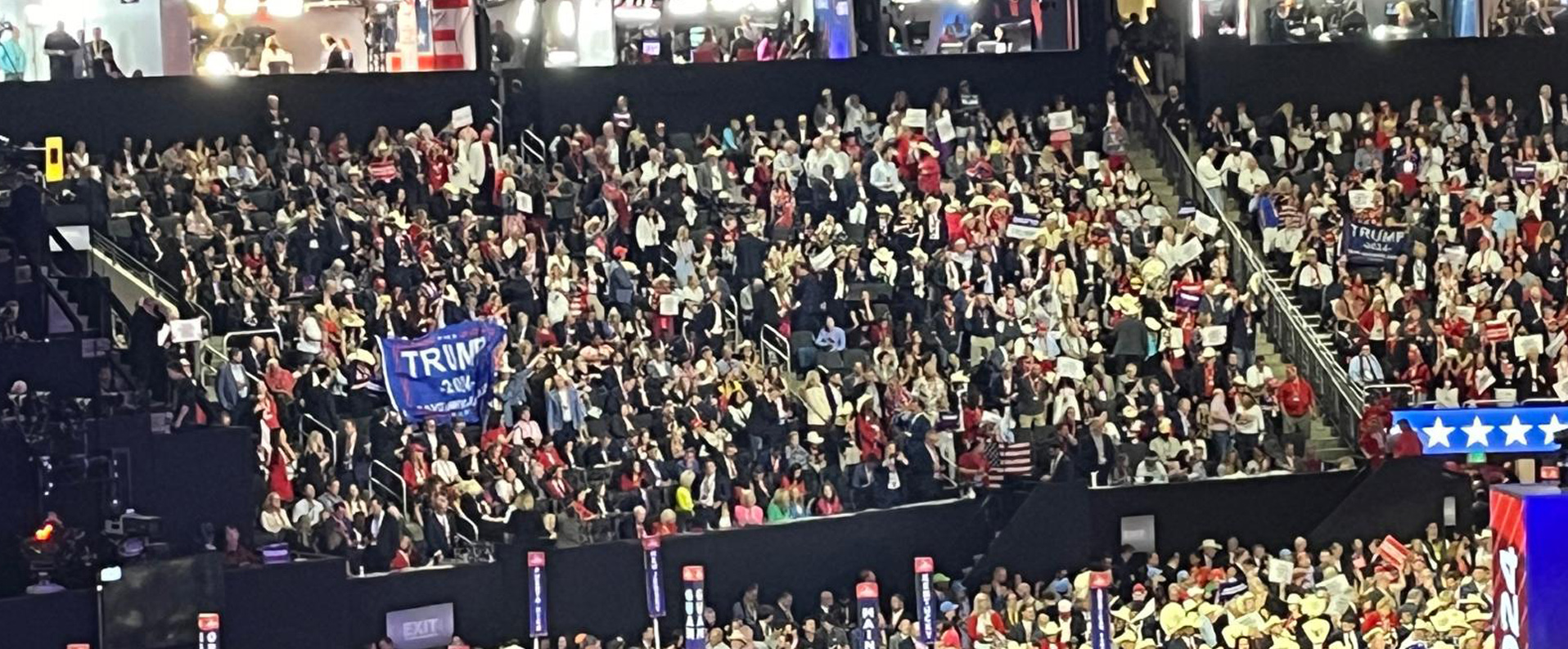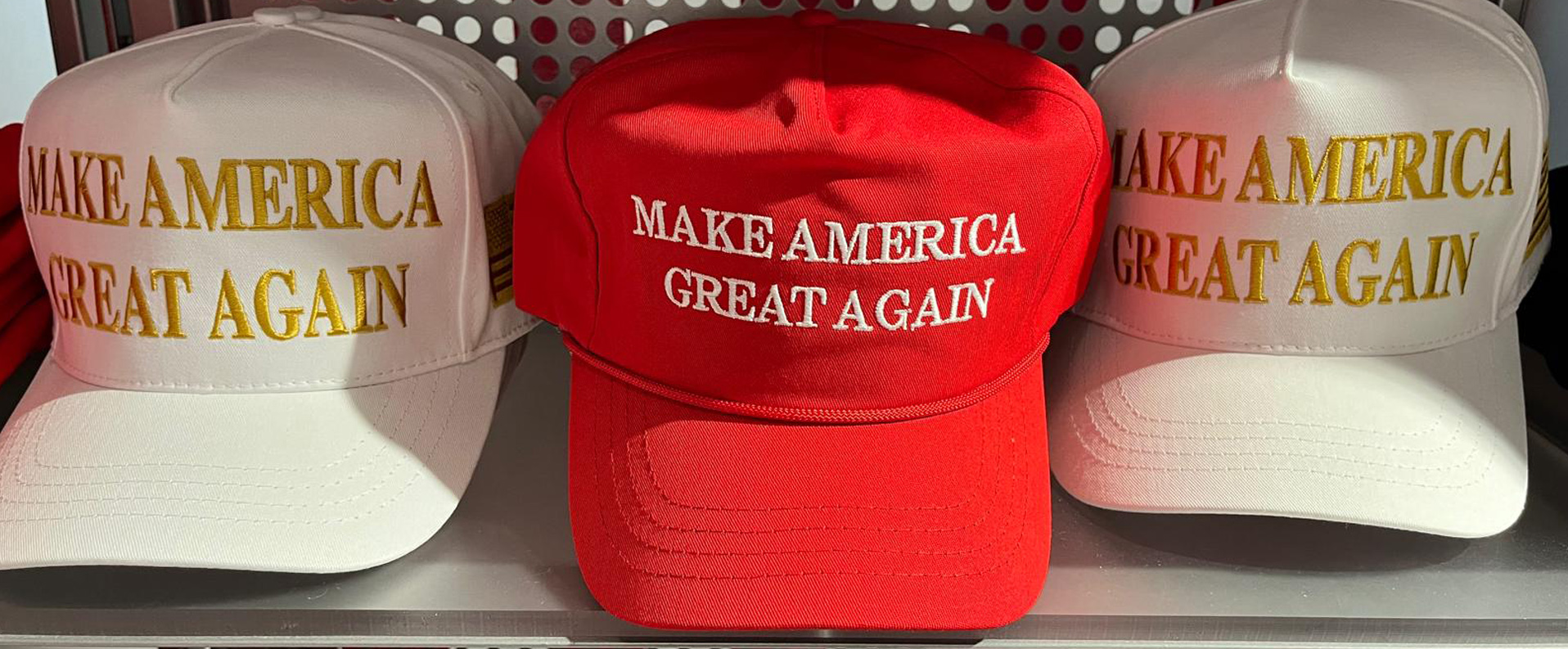
Published on ConservativeHome.com on 08 February 2024.
Hamas, Islamic Jihad, Houthis in Yemen, militias in Syria and Iraq, Hezbollah in Lebanon – what do all these terrorist groups have in common? The backing of the Iranian regime. It is an open secret yet, as Naftali Bennet, a former Prime Minister of Israel put it, “inexplicably, almost nobody is touching it.”
As global attention focuses on the dynamics of the region, particularly amid escalating tensions on the Israel-Lebanon border, Hezbollah emerges into the spotlight. This formidable group operates as a proxy for Iranian power in Lebanon.
The Iranian Revolution of 1979 marked a seismic shift in the geopolitical landscape of the Middle East, as Iran sought to extend its influence across the Islamic and Arab world. Imam Khomeini’s revolution against the Shah Regime in Iran wasn’t merely a political coup; it traces back to the Muslim Brotherhood’s doctrine, aiming to spread extremist Islamist ideology worldwide. Iran aimed to become a dominant force in the Islamic world, challenging Western powers and Sunni-majority states’ influence.
The revolution envisioned spreading its principles, emphasising anti-imperialism and opposition to Israel throughout the region. This ideological foundation laid the groundwork for Iran’s interference in the internal affairs of neighbouring countries, particularly Lebanon.
One of the primary vehicles for this expansion has been Hezbollah, a Shia militant group based in Lebanon. In 1982, an intelligence brief came to the attention of the then President of Lebanon, Amine Gemayel, informing him of the arrival of personnel from the Iranian Revolutionary Guard Corps (IRGC) in the Bekaa Valley in Lebanon (near the Syrian border). They aimed to recruit Shia militants for the Islamic Revolution’s regional expansion plans.
A year later, Hezbollah, meaning “Party of God (Allah),” was officially formed with the name “Hezbollah – the Islamic Resistance in Lebanon.” This marked the beginning of Iran’s direct involvement in Lebanese affairs. Subsequently, Hezbollah emerged as a powerful force during the Lebanese Civil War, initially within the Shia community and later with its armed resistance against Israeli forces, earning widespread support.
Amid the end of the civil war in Lebanon (1975-1990), Hezbollah was the only militia that retained its weapons and arsenal after the Taef Accord of 1989, which mandated the disarmament of all militias in Lebanon. Sponsored by the Assad Regime in Syria, Hezbollah continued its operations in Lebanon, primarily in South Lebanon, against Israeli troops.
Following the Israeli withdrawal from Lebanon in 2000, Hezbollah intensified its political ambitions, leveraging its military successes to shape Lebanon’s political landscape and gradually consolidate control.
After the withdrawal of Syrian troops from Lebanon in 2005, Hezbollah launched an offensive against various political groups, notably targeting the “March 14 Alliance,” which opposed Bashar Al-Assad’s regime’s role in Lebanon and Iran’s increasing influence. Thirteen political figures from the Alliance were assassinated, including government officials and journalists, weakening both the Alliance and Lebanese government institutions. The Special Tribunal for Lebanon (STL), established in 2005, identified four Hezbollah members as the main operatives responsible for the assassination of former Lebanon’s former Prime Minister, Rafic Hariri, on 2005.
Up until 2023, Hezbollah formed strategic alliances with parties from different sects (Christians, Sunni, Druze), providing national coverage for its illegitimate takeover of the Lebanese State. Additionally, the party forged alliances with regional actors, employing a combination of coercion and violence to expand its influence within Lebanon’s political system. The party’s incremental approach involved threats, intimidation, and assassinations to eliminate opposition and consolidate power.
Hezbollah’s history of consolidating power in Lebanon involves notable incidents, such as the 2011 mini coup against another former Prime Minister, Saad Hariri, and the presidential vacuum from 2014 to 2016. The militia’s coercive tactics were further evident in the violent suppression of peaceful protesters during the October 2019 uprising. Moreover, Hezbollah officials, along with its allied ministers, faced initial indictments in the investigation into the Beirut Port explosion of August 2020. This triggered clashes with Lebanese Security and Armed Forces during a protest, resulting in six deaths and numerous injuries.
Hezbollah is designated as a terrorist organisation by the US, UK, Germany, the Gulf countries, and an increasing number of other states. This designation primarily stems from the party’s regional and international illicit operations, spanning from narco-trafficking to terrorist activities, in the MENA region, Europe, Africa, and Latin America.
Hezbollah’s financial and military strength is largely attributed to Iranian support, as per the militia’s Secretary General’s repeated assertion. Iran has provided direct financial aid and military assistance to sustain Hezbollah’s operations. In recent years, Iran has successfully established a corridor stretching from Tehran to Beirut, passing through Iraq and Syria. This strategic route grants Iran access to the Mediterranean Sea, allowing it to deploy militias and proxies across these territories.
Beyond relying on Iranian support, Hezbollah has expanded its revenue streams through narcoterrorism, arms trade, and money laundering. According to POLITICO’s Enforcement Administration, Hezbollah earns approximately $1 billion annually from illicit activities such as drug and weapons trafficking, and money laundering.
The group operates covert cells in Western and Gulf countries, including Germany, to finance its operations. Additionally, Hezbollah’s involvement in Latin America, notably as an ally to drug cartels, has drawn attention, with recent additions to its narcotics activities including Fentanyl trafficking.
As Hezbollah stands larger than any other party in Lebanon and, at times, stronger than the Lebanese State itself, its influence has transformed into a regional and international threat. Addressing this threat requires stringent actions and measures by the Free World to neutralise Hezbollah and eliminate its impact.
Strategic countermeasures by Western Powers and Allies
Counteracting Hezbollah requires a multifaceted and well-coordinated strategy. It is imperative to grasp the group’s objectives, doctrines, and expansion tactics. Employing a combination of both soft and hard power measures is essential, targeting not only Hezbollah but also its allies and associates globally.
On the military and security front, allied countries should engage in coordinated intelligence efforts, drawing inspiration from successful campaigns against groups such as ISIS. This collaborative intelligence approach and military action against key targets – from drone factories to training camps, and from local militia headquarters to advanced positions used for surveillance and plotting terrorist attacks – can be instrumental in disrupting Hezbollah’s activities and curbing the militia’s growing power and influence in the MENA region and worldwide.
At the political level, sanctions play a pivotal role in the strategy. The aim is to weaken Hezbollah’s capabilities and dismantle its global networks. Designating Hezbollah as a terrorist organisation across Western powers and Arab countries would isolate the group and restrict its global operations. Additionally, allies of Hezbollah in Lebanon, across various factions, should be closely monitored and their influence limited both domestically and internationally. Being associated with Hezbollah should have consequences, making it challenging for those aligning with the group.
The Lebanese people are pivotal in resisting Hezbollah’s influence in their country, but external support is crucial. The international community, especially advocates of democracy and freedom, must play a role in aiding the Lebanese people in freeing themselves from the grip of Hezbollah.
It is also essential to acknowledge the significance of designating the Islamic Revolutionary Guard Corps (IRGC) as a terrorist group. This designation facilitates more effective countermeasures and tracking of its proxies globally. While not all countermeasures can be disclosed publicly, it is crucial that these measures are meticulously planned and implemented for maximum efficacy.
Decoding Iran’s destabilising impact in the Middle East demands a nuanced understanding of Hezbollah’s influence in Lebanon and beyond. Given the historical contexts, political manoeuvres, and financial intricacies involved, the international community must unite in a combination of diplomatic, economic, and military measures to counter the Hezbollah threat and safeguard regional stability.
It is crucial to differentiate Hezbollah’s affiliation with Iran from that of Hamas to comprehend the pivotal role the group plays in advancing Iran’s interests globally. However, merely severing one arm will not deter Iran, as it is likely to be swiftly replaced.
Dealing with the issue at its source, in Tehran, and addressing the threats posed by the Iranian ruling regime and the IRGC remain the cornerstone of any sustainable action to dismantle Iran’s malign influence in the MENA region. A growing number of world leaders, policymakers, and analysts are now advocating a firmer stance on Iran. Applying maximum pressure on Iran to curb its regional influence and nuclear ambitions, or as Antony Blinken puts it, “isolating Iran and its proxies”, is an essential step towards ensuring long-lasting peace and security in the region.
Read this article on:
ConservativeHome.com


